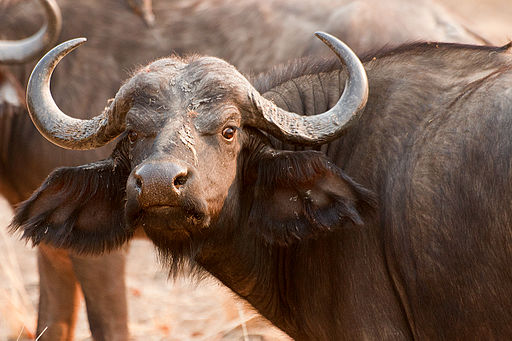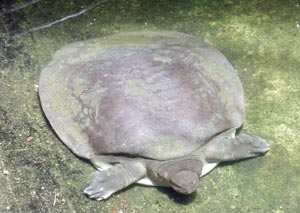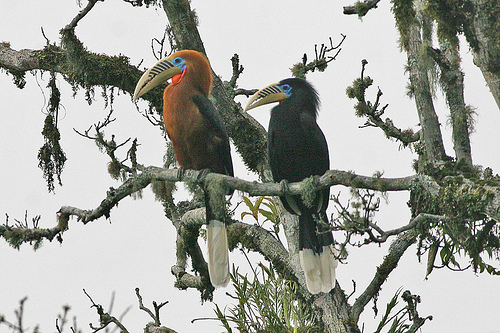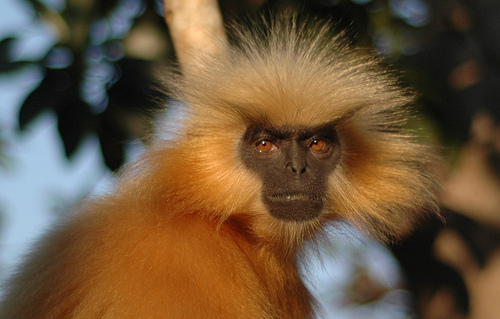The Asiatic Wild Buffalo, scientifically known as the Bubalus arnee has been known to be found only in the Central Indian Forests. The good news is that, these mighty creatures have now found a new and a secure home in Gadchiroli district of Maharashtra.
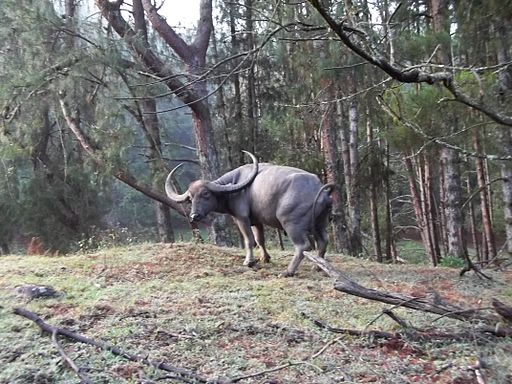
The Maharashtra Government declared the Kolamarka forest area as a conservation reserve for the Asiatic Wild Buffalo. Spread over 180 square kilometers, the Kolamarka reserve is just adjacent to the Indravati Tiger Reserve in Chhatisgarh. This is also the place where about 8-15 genetically pure wild buffaloes have been reported.
Wild Bovids
The Asiatic wild buffaloes are of enormous economic significance since they are the direct ancestors of all the breeds of the domestic buffaloes. However, over time their population has decreased at an alarming rate, because of various reasons such as poaching, loss of habitat and breeding with domestic buffaloes.
The water buffalo has been listed as an endangered species by The International Union for Conservation of Nature (IUCN) since their population in the world is less than 4000 with an estimate of less than 2,500 mature individuals.
As per the IUCN, the constant competition for food and water between the wild and the domestic buffalo make the situation worse for the survivial of these huge animals.
This mammal is restricted to Assam, Arunachal Pradesh and Madhya Pradesh in India. The only way to preserve the surviving herd in Kolamarka is by declaring the area a sanctuary and not just a conservation reserve. Since most of the populations exist within the protected areas, the small group in Kolamarka reserve can be a hope for the future survival of this highly endangered ungulate.
Interesting Facts about the Asiatic Wild Buffalo
- The range of this wild buffalo was once spread from Mesopotamia to IndoChina.
- Wild Water Buffalo is believed to be extinct in Bangladesh, Peninsular Malaysia, and on the islands of Sumatra, Java, and Borneo.
- This buffalo can weigh more than a ton.
- Asiatic buffalo has the widest horn span among all bovids found globally sometimes spanning more than two metres!
- A distinctive white ‘V’ marks the lower neck of the animal.
- There are presently just about 4000 individuals present in the world.
- India has the highest population of Asiatic water buffaloes, but it is declining very fast.
More Related Stories,
One Horned Rhino to be Saved from Annual Assam Floods
Efforts made to Save Jerdon’s Courser
Image courtesy,
Azad (Own work) [CC-BY-SA-3.0 (http://creativecommons.org/licenses/by-sa/3.0)], via Wikimedia Commons
By Prabir K Bhattacharyya (Own work) [CC-BY-SA-3.0 (http://creativecommons.org/licenses/by-sa/3.0)], via Wikimedia Commons


